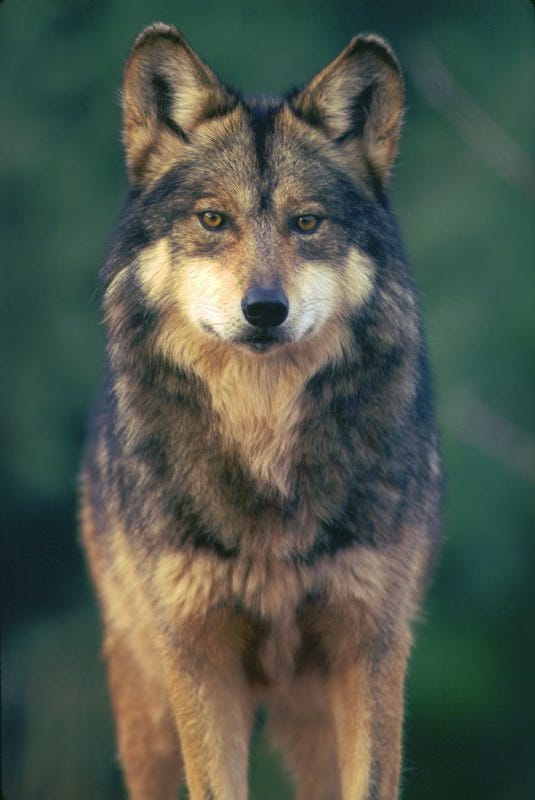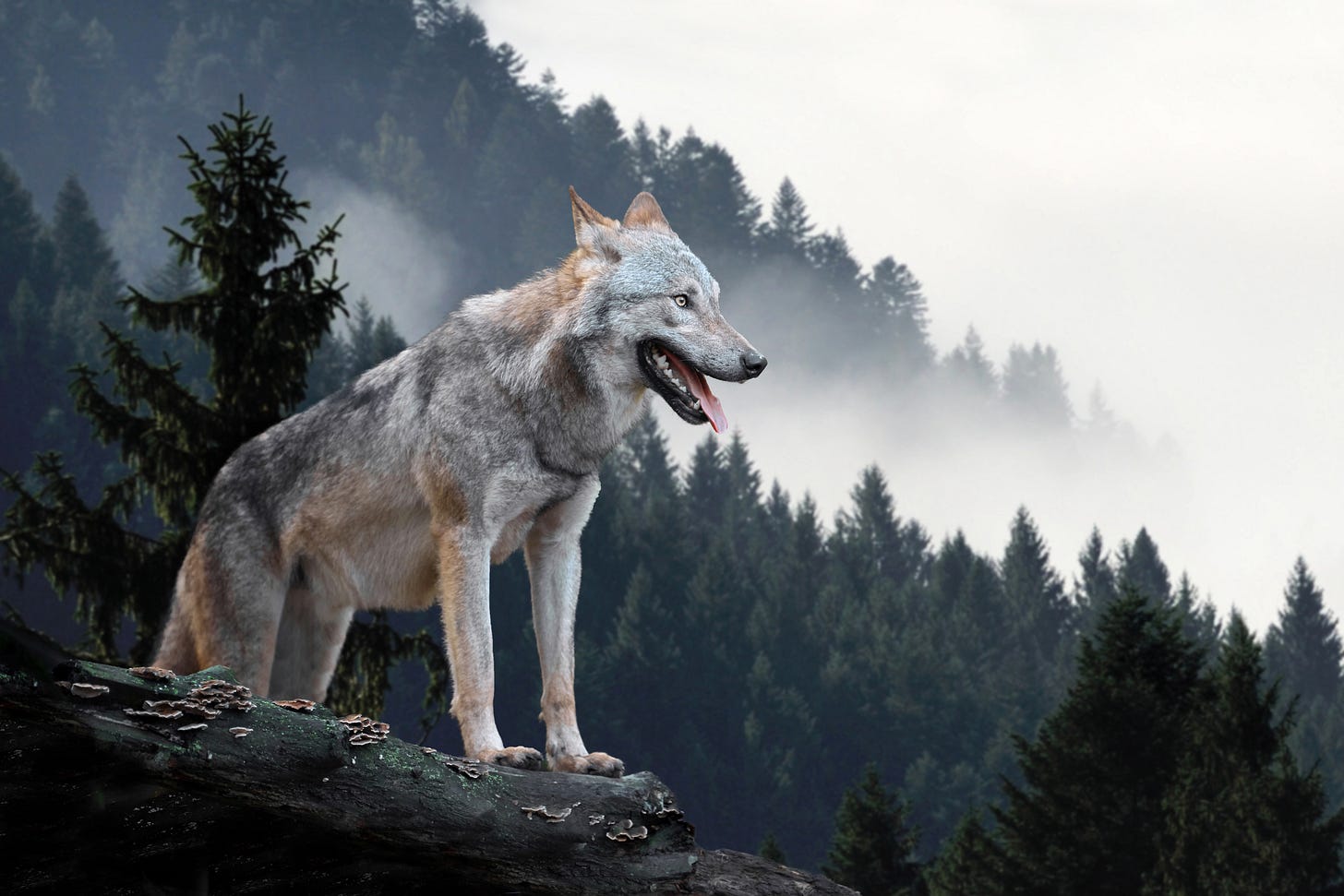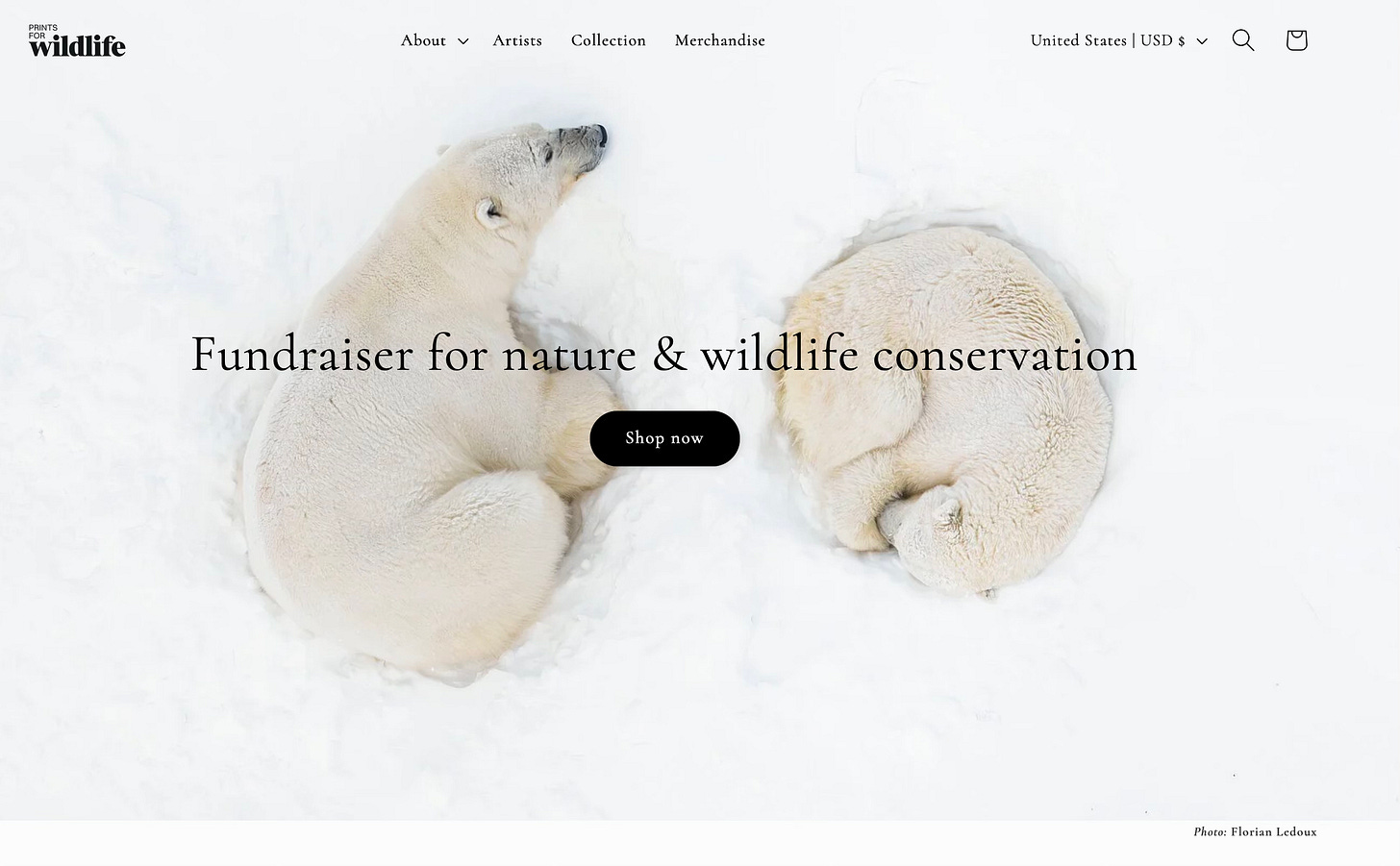By Dan Fletcher
The Center for Biological Diversity broke the news this week through newly released federal records: U.S. government agents in a helicopter had shot and killed a 3-month-old Mexican gray wolf pup on New Mexico's Gila National Forest. And the pup wasn't just any wolf — she carried genes that could have helped save her entire subspecies from extinction.
Mexican gray wolves are the most endangered wolves in North America. After a government extermination campaign that began in 1915 wiped them out across their range, only seven survivors were captured and bred to restart the population. Today, their descendants number just around 300 animals roaming the Southwest, all carrying the genetic legacy of those seven founders. Every individual matters, but some matter more than others — wolves with rare genetic combinations that could strengthen the entire population's health and resilience.
The pup killed last week was one of those genetically valuable animals. So is the second wolf federal agents have been ordered to kill: a young male whose mother was shot from the air in April while likely pregnant. He's found a mate and is starting a family of his own, but his kill order remains active.
The rationale behind these executions is familiar: livestock conflicts on public lands. When wolves take cattle or sheep, ranchers demand action, and federal agencies comply by removing the "problem" wolves. It's a cycle that's played out for over a century, with predictable results for both sides — ranchers remain frustrated by ongoing losses, while wolf populations struggle to recover under constant pressure. (It happens here in Colorado too, with our newly released wolves.)
What makes this particularly galling is that these killings are happening during what should be a recovery effort. The U.S. Fish and Wildlife Service — the very agency charged with bringing Mexican wolves back from the brink — is ordering their execution. Since President Trump's return to office, removals have accelerated: five wolves killed in just four months, including pregnant females and genetically important individuals whose loss sets back recovery efforts by years.
The cruel irony isn't lost on conservationists. "Gunning down a wolf pup from the air whose precious genes could have helped save her entire subspecies was cruel and will further stall recovery of these animals," said Michael Robinson of the Center for Biological Diversity. The genetic diversity that took decades to slowly rebuild through careful breeding programs can be erased in minutes by helicopter gunmen.
There's still time to prevent the second killing. Conservation groups are pushing federal agencies to cancel the kill order for the young male wolf. But the broader question remains: how can we claim to be recovering a species while simultaneously destroying the very individuals most crucial to its genetic future?
Quick Links! 🔗
More bad news for wolves: Montana's Fish and Wildlife Commission just adopted regulations allowing hunters and trappers to kill 452 wolves statewide — nearly half the state's estimated population of 1,091. The decision came after six hours of heated debate, with most public commenters opposing the plan. The new rules also increase individual bag limits to 15 wolves per hunter (provided at least five are killed in northern regions), allow infrared scopes on private land, and remove trap setbacks in several counties. Critics argued the quota ignores ecological science and economic benefits wolves bring to tourism, while supporters claimed stable wolf populations justify aggressive reduction efforts to appease livestock interests. The commission will revisit the regulations next summer, but for now, Montana continues its aggressive campaign to slash wolf numbers by roughly half.
Prints for Wildlife is back for one month only, offering limited-edition prints from over 200 global wildlife photographers with proceeds going directly to Conservation International. Since 2020, the initiative has raised more than $2.1 million for conservation programs worldwide — funding that's becoming increasingly critical as traditional sources dry up. "In 2025, the crisis isn't a virus—it's a withdrawal of critical funding for wildlife and conservation," says co-founder Pie Aerts. The fundraiser runs through September 21, giving photographers and conservation supporters a chance to turn stunning wildlife imagery into direct support for protecting biodiversity hotspots around the world.










